
Perennial Forbs Around Las Vegas, Vegetation Around Las Vegas
 |
General: Las Vegas Bearpoppy (Arctomecon californica), also called California Bearpoppy, is a perennial forb that only grows in gypsum-rich soils. The hairy, silvery-gray leaves grow in a clump at the base of the plant, and the large, yellow, poppy flowers grow atop long stems. California Bearpoppy occurs on eroded, gypsum-rich soils in the Las Vegas Valley and near Lake Mead, which is in the Upper Sonoran (Mojave Desert Scrub) life zone. These plants can most easily be seen along Northshore Road (Lake Mead NRA). They also occur in the Gold Butte region, in Tule Springs Fossil Beds National Monument, and along the south side of Lake Mead near Bonelli Landing (towards Temple Bar). Family: Poppy (Papaveraceae). Other Names: Las Vegas Bearpoppy, Las Vegas bear poppy, California bear poppy. Plant Form: Basal clump of leaves with several flower stalks. |
 |
Height: Leaf clump to about 5 inches; flower stalk to about 20 inches. Stems: None (not counting the flower stalk); grows from a taproot. Leaves: Blue-gray, wedge-shaped, to about 6-inches long by 1-inch wide; the end of the leaf (the widest part) is notched, resembling a hairy, 3 to 5-toed bearpaw. Densely covered with long, white hairs. Flowers: Blooms March to May. Flower stems several per plant; branched. Flowers: Large, yellow, 6 petals. Seeds: Fruits: Oval seed pod that matures and opens before the end of June. Seeds: tiny, black, numerous. Habitat: Restricted to eroded, gypsum-rich soils (gypsum content of 36 to 69%) near Lake Mead. Referred to at the “Gypsum Barren Community.” |
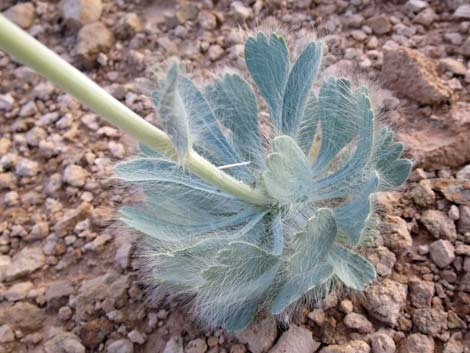 |
Elevation: 1,200 to 3,150 feet Distribution: This species is endemic to the Lake Mead region of southeastern Clark County, Nevada. It can be found near Lake Mead in gypsum-rich soils. Comments: This species has been considered for protection under the federal Endangered Species Act and is protected by state laws in Nevada, Arizona, and Utah -- don't pick or otherwise disturb bearpaw poppies! An annoying habit of Bearpaw Poppies, a rare and protected plant, is that it grows in disturbed habitats, such as roadcuts along Interstate-15. This can cause problems for road maintenance crews and other landowners. |
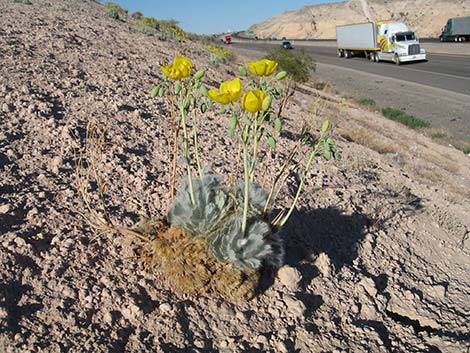 Disturbed habitat along Interstate Highway 15 east of Las Vegas |
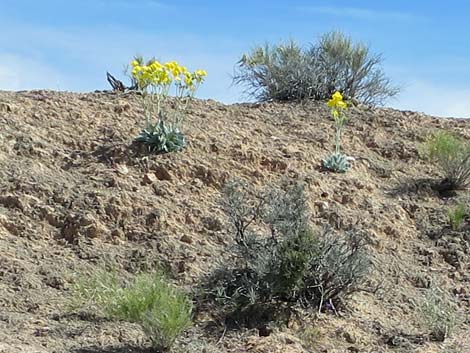 More typical habitat: gypsum mud hills in Gold Butte NM |
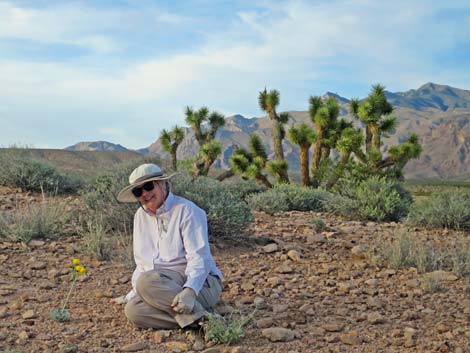 California Bearpoppy plants in Gold Butte NM |
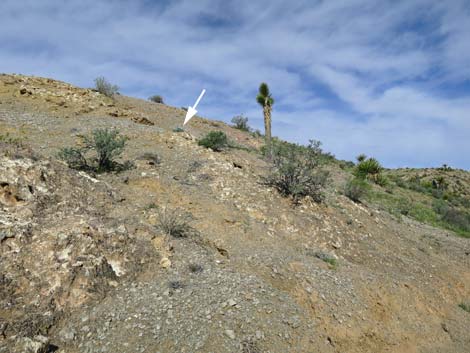 California Bearpoppy habitat along Red Bluff Spring Road in Gold Butte |
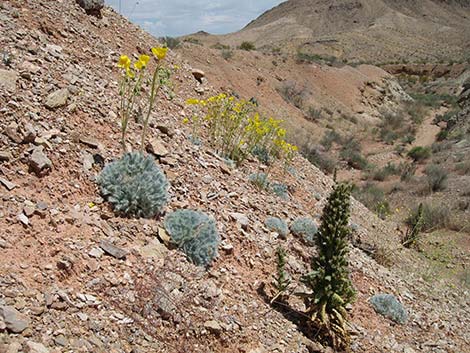 Typical habitat on gypsum soil in association with Palmer's Phacelia |
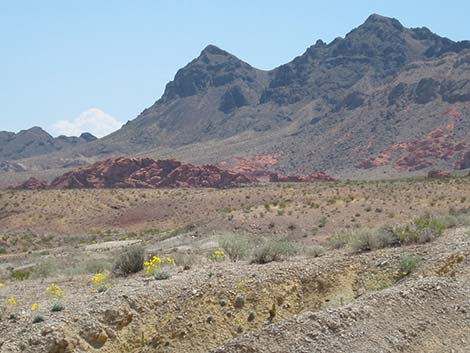 Typical habitat at Lake Mead |
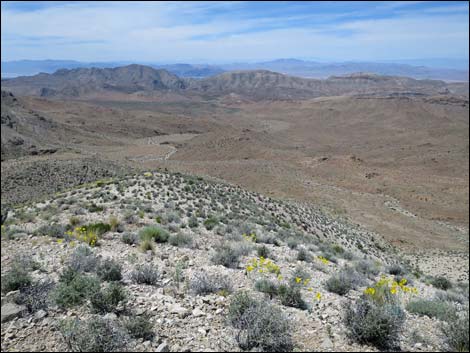 Unusual habitat: high on rocky limestone ridges Unusual habitat: high on rocky limestone ridges |
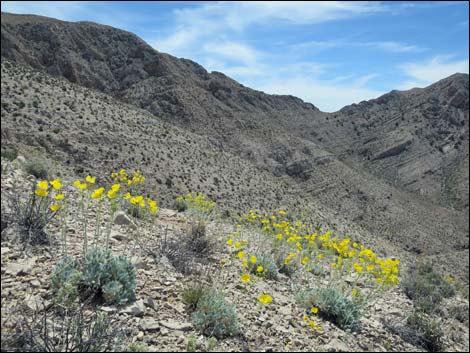 Unusual habitat: high on rocky limestone ridges |
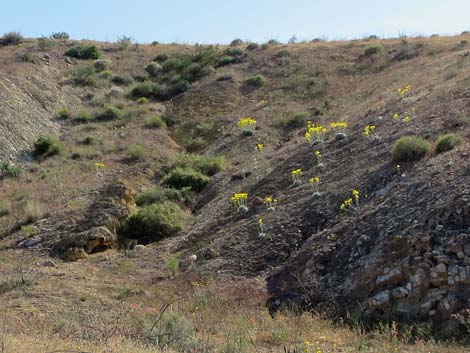 |
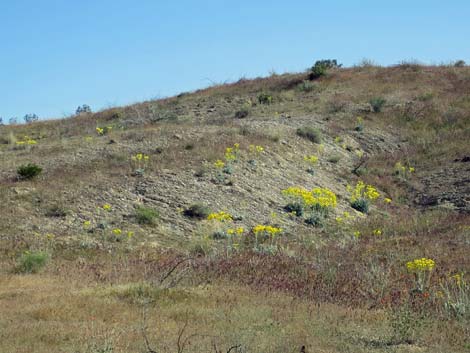 |
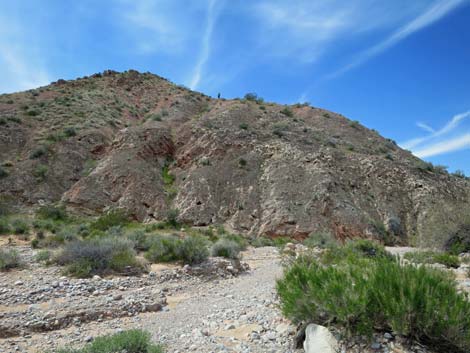 California Bearpoppy plants on gypsum hillside |
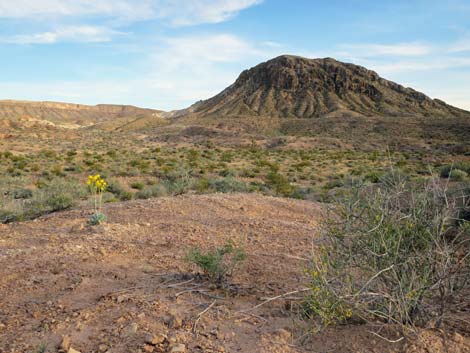 California Bearpoppy plants on gypsum muds |
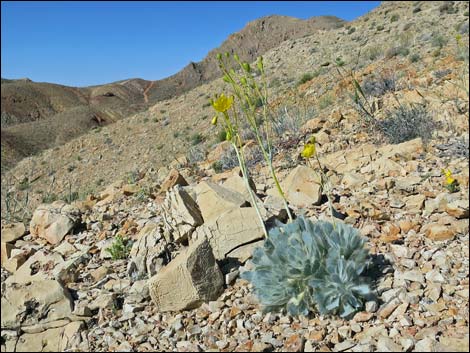 |
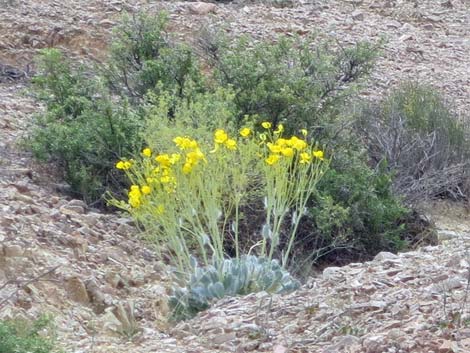 |
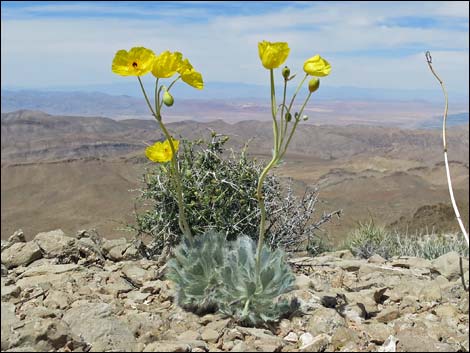 |
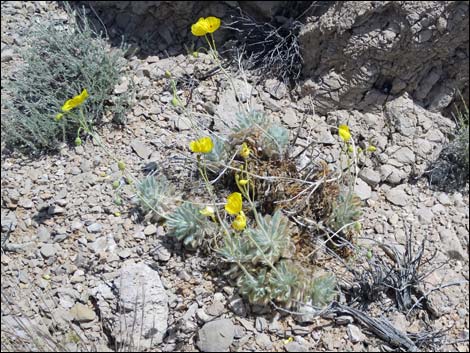 |
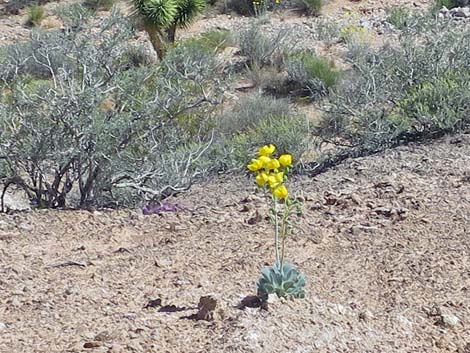 |
 |
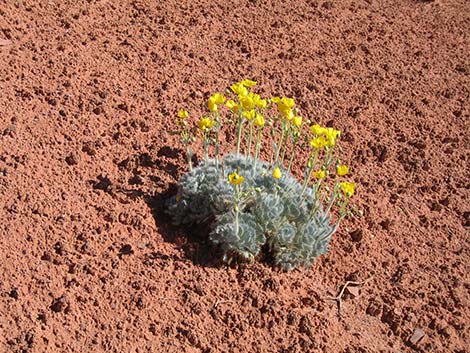 |
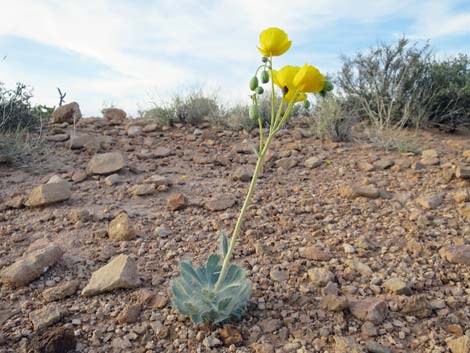 |
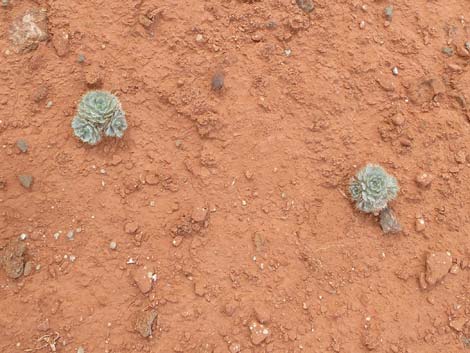 Las Vegas Bearpoppy: just a little mound of hairy leaves |
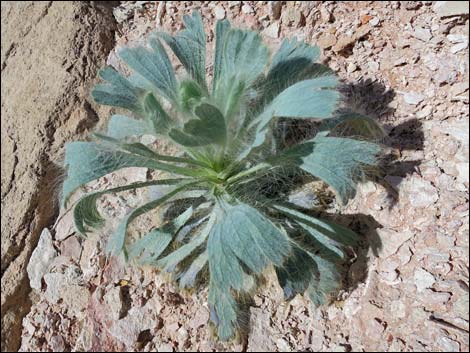 Young Las Vegas Bearpoppy during winter |
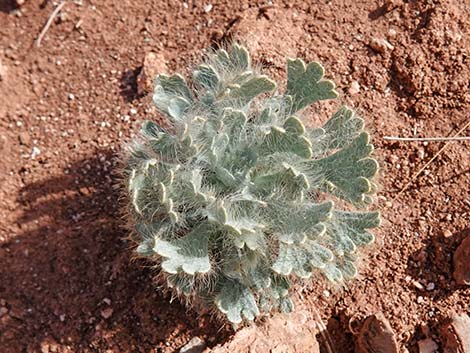 Young Las Vegas Bearpoppy |
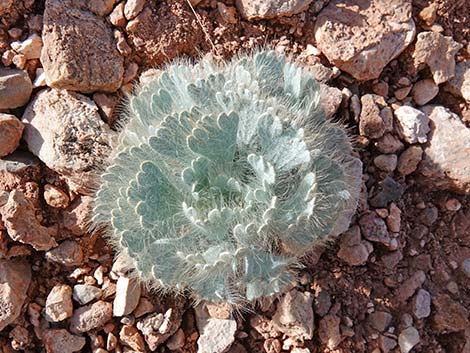 Young Las Vegas Bearpoppy |
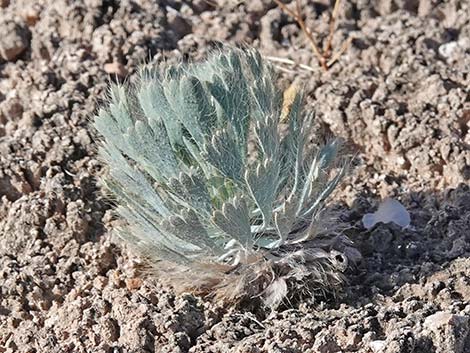 Las Vegas Bearpoppy (side view) |
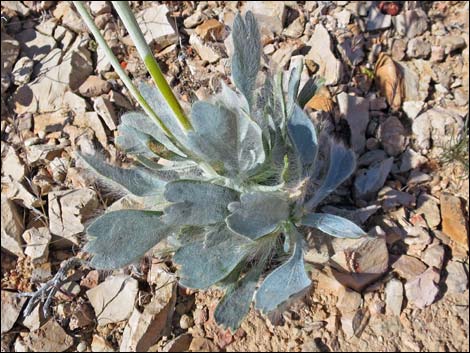 Hairy, lobed Bearpaw Poppy leaves and flowering stalks |
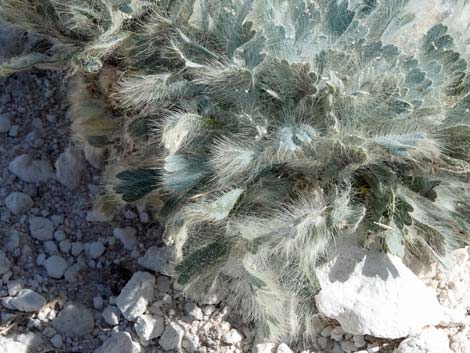 Las Vegas Bearpoppy with hairy leaves (closeup) |
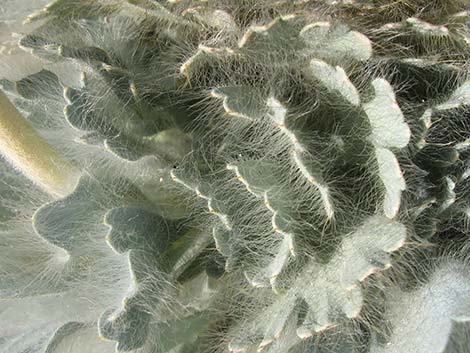 Hairy, lobed Bearpaw Poppy leaves |
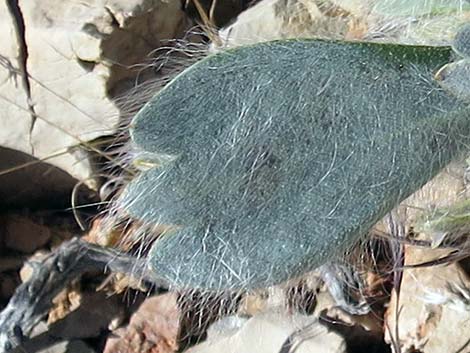 |
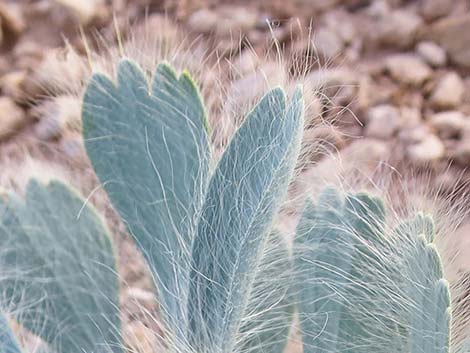 |
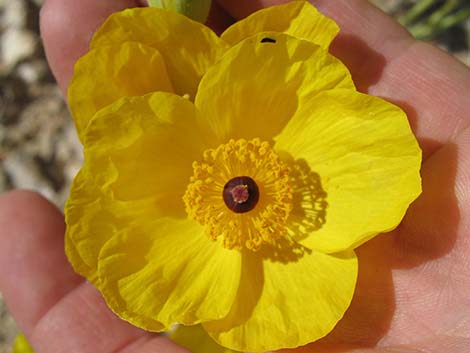 Yellow flower with many stamens |
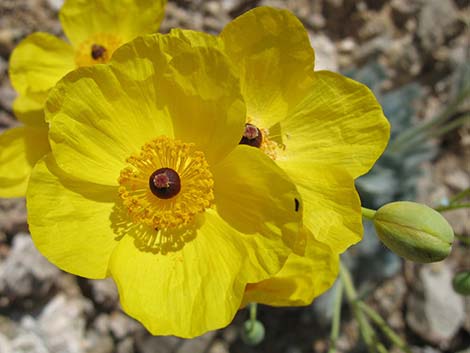 Yellow flower with many stamens |
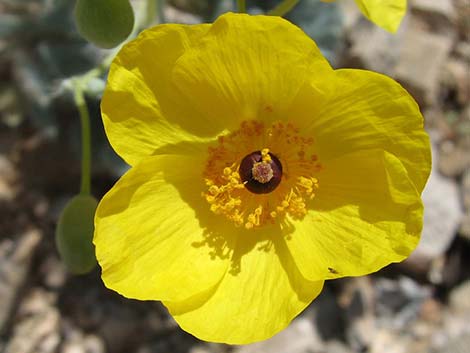 |
 |
 |
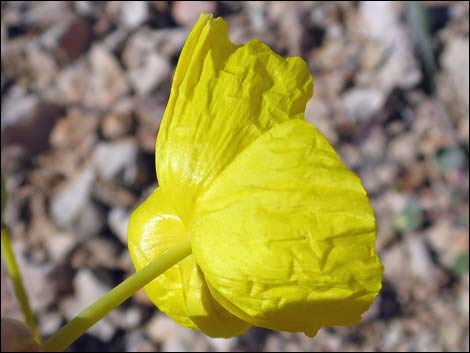 |
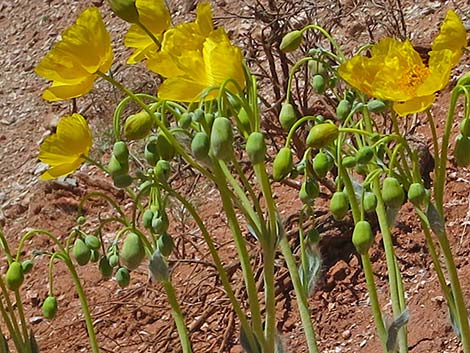 Seed pods |
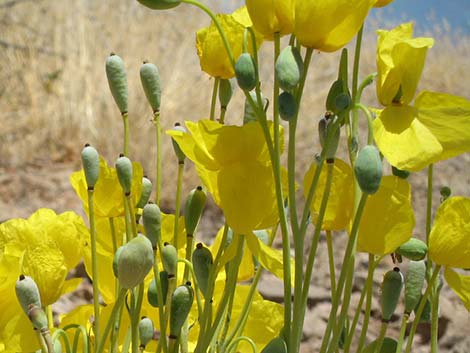 Seed pods with black tip |
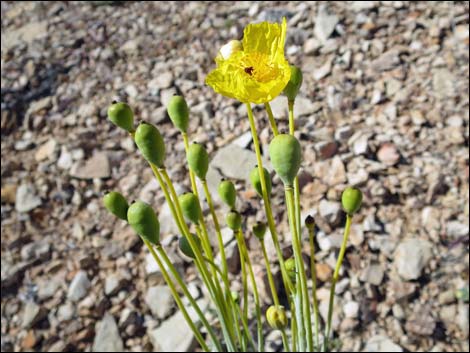 Seed pods |
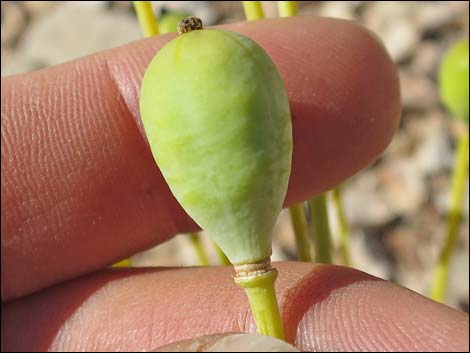 Seed pod with black tip |
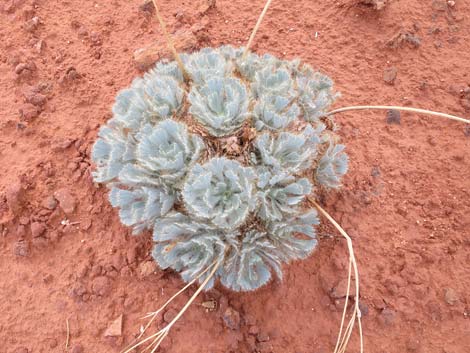 Large plant during winter |
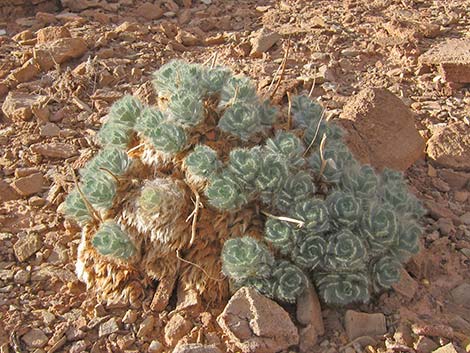 Very large plant during winter |
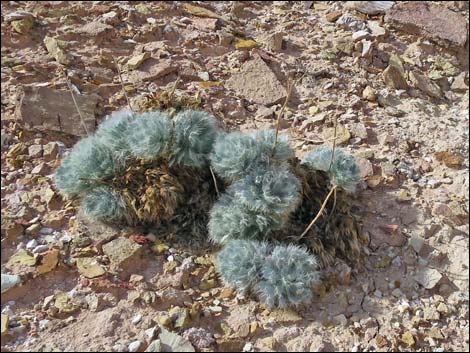 Old Las Vegas Bearpoppy during winter |
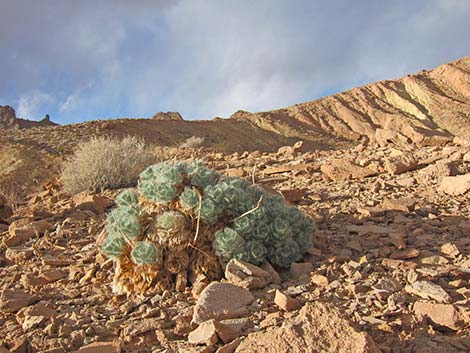 Very large plant in rocky during winter |
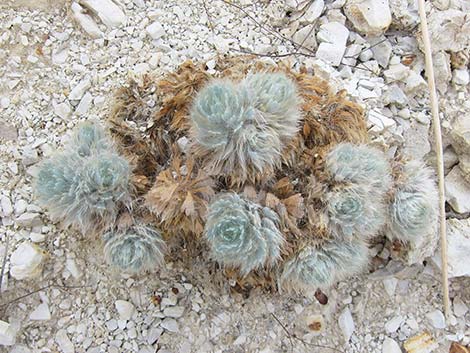 |
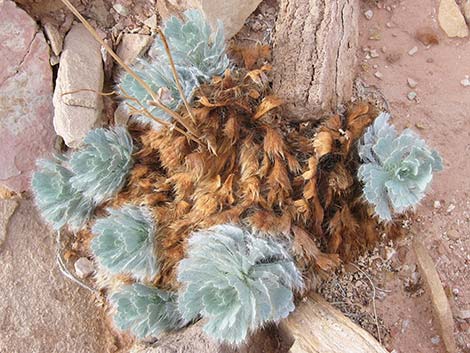 |
 Las Vegas Bearpoppy after a long, hot summer |
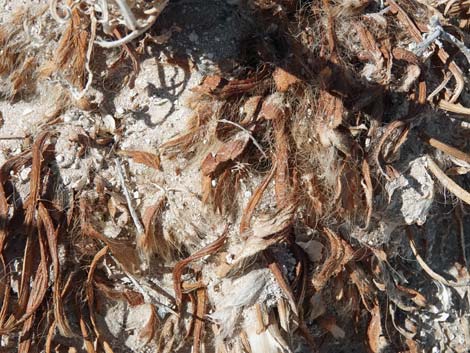 Las Vegas Bearpoppy after a long, hot summer |
Note: All distances, elevations, and other facts are approximate. Names generally follow the USDA database.
![]() ; Last updated 220619
; Last updated 220619
| All Perennial Forbs | Plant Species Index | Glossary | Copyright, Conditions, Disclaimer | Home |